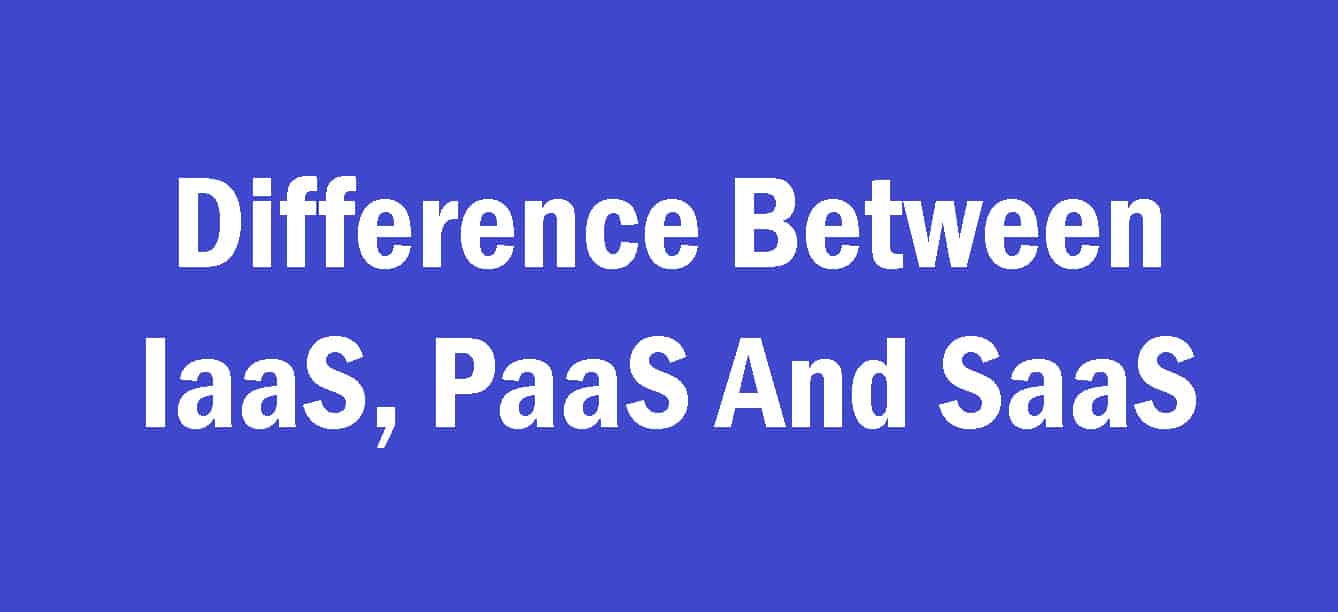Cloud computing is one of the rapidly expanding niches in the digital industry market.
Spoiler Alert: You might have read a lot of difference between iaas paas and saas in tabular form on the internet. This contains one but is very technical in language.
You might be aware of the fact that Google has its exclusive cloud computing platform called Google Cloud Computing. Yep.
I fully agree with the statement that cloud computing is the most underrated service. Like the whole server of huge companies like Google, of course, Alibaba, Apple is based on cloud computing.
You might be aware of the three fat types: IaaS, PaaS, SaaS if you are a little bit aware of this business.
This article is meant to bolster your knowledge of the cloud computing niche. This will be done by highlighting the difference between IaaS PaaS and SaaS in tabular form.
The definition and description of the above-mentioned types will be given too.
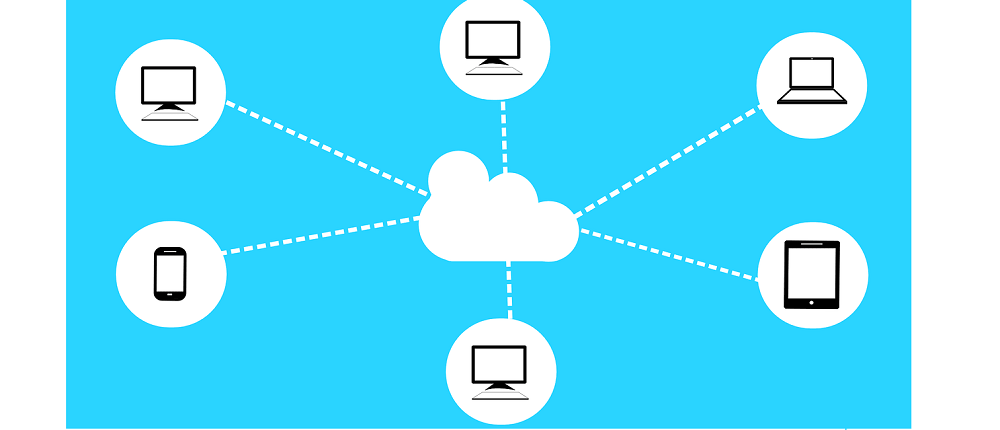
What Is Cloud Computing?
Cloud computing is a network of different servers that provides service to the customers according to the needs (IaaS or PaaS or SaaS). The ultimate need for cloud computing is to make networking and storage easy. By networking, I mean the web-networking.
Who are the Customers?
Software companies, digital world giants, tech companies and even corporates are the customers of cloud computing. What Is A Server?
A cloud or server cloud is a network of servers that analyse, manage, store and execute the data provided by the customers.
Also Read: Top 10 Differences Between Grid Computing and Cloud Computing
What is the need for Cloud computing services?
Suppose you need to develop a web app.
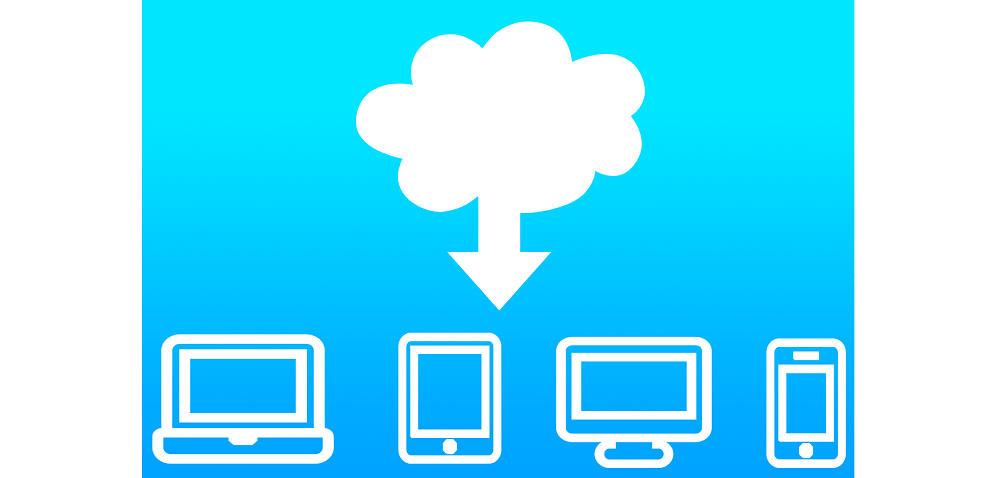
Developing a web app in a traditional way is possible. But But But you will need all the middleware, virtualization, networking, operating system, coding(hell lot of), run time, etc. It will be your duty to purchase, assemble and execute the process literally from scratch.
An alternative way is by using cloud computing services. In fact, the SaaS type can do 100% of your web development work. It comes with the above-mentioned tools already assembled. So you know which one is convenient and that is the need for Cloud computing services.
Apart from that, they are pocket friendly, efficient, easy to use and scalable.
Also read: Generation Of Computer pdf – History
What are the features of a cloud?
Clouds are used for storage, communication, and collaboration. And oh I forget to mention the most basic function of a cloud: Software execution.
If you can log in your Instagram in some other device or can back up all your deleted data, you know whom to thank.
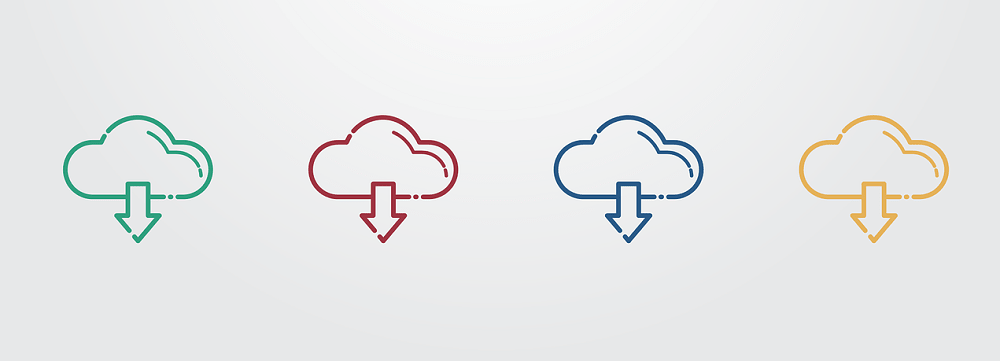
Wait wait wait………….what the hell is the PaaS and SaaS? What’s the difference? Why do we use it? What’s the role of it? Well, all your questions are gonna be answered.
Before entering into the debate of the difference between IaaS PaaS and SaaS, let us understand them one by one.
What is IaaS?
Infrastructure as a Service or IaaS is the most affordable cloud computing service. As the name suggests, it provides the infrastructure for developing your web app/website. All the networks, servers, of course, virtualization and any infrastructural requirement can be fulfilled by IaaS.
So all you need to do is optimize the website accordingly, manage the data and operate. See, it’s that easy.
What is PaaS?

Platform as a Service or PaaS is another service of cloud computing which provides relatively more services than Infrastructure as a Service. According to the name, it provides performance for the user for a respective task.
It wins the title of the most used services in the debate of IaaS PaaS and SaaS.
What Is SaaS?
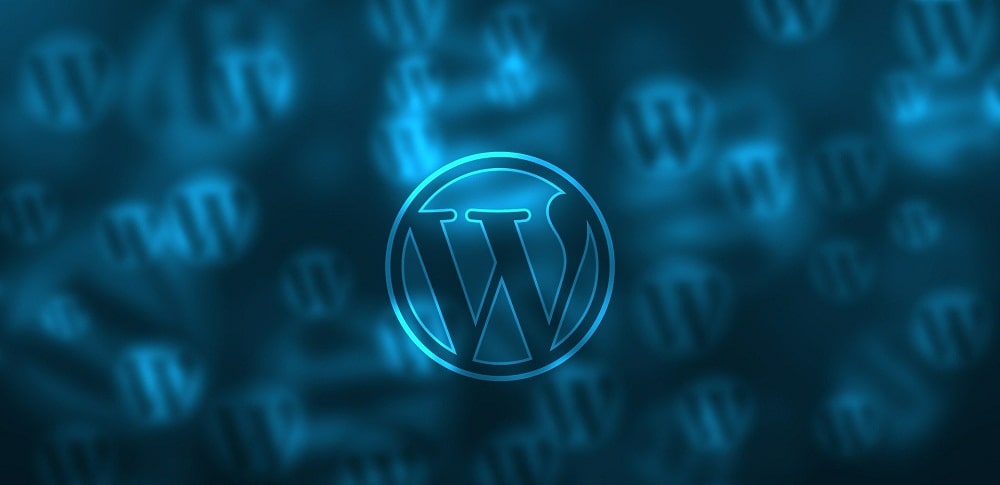
This is a tank service. Why? It provides literally every type of service. From infrastructure to the platform to, operate it has got you covered. All you need to do is provide the data and relax. Cool isn’t it?
Now let’s put this difference between IaaS PaaS and SaaS in tabular form.
IaaS |
PaaS |
SaaS |
| Infrastructure oriented only | Performance and Infrastructure oriented | Software oriented |
| Provide Space for web development | Provide tools for web development | Provides everything |
| Relatively more customer efforts are required. | Relatively less customer effort is required. | Least customer involvement is required. |
| Tip of the cloud pyramid. | Base and tip of cloud pyramid | The base of cloud pyramid |
| End User-Oriented | Network Oriented | Network Oriented |
The above table clearly shows the difference between IaaS PaaS and SaaS in tabular form in the easiest way possible.
FAQ’s
What are the features of Cloud Computing?
The features of cloud computing include storage, analysis, development and upgrading data.
Why is the best service of cloud computing companies?
The Performance as a service is considered to be the best and the most used service of cloud computing companies.
What is the most common thing between iaas vs paas vs saas?
The most common factor is that all of them are cost-effective and scalable.
Why is cloud computing important?
Servers are the bare essential for any web development. Cloud computing is important because it manages servers.
What are the examples of cloud computing services?
Google Cloud Computing, Amazon Web Server, Google Docs are some of the biggest cloud computing services.
Cloud computing is the base of all the servers you are using currently for using the internet, logging into your email, storing different data and even reading this blog. There are a lot of websites and youtube videos available that describe the difference between IaaS PaaS and SaaS in tabular form in their different ways. I saw one of them explaining it by the reference of a pizza, which is totally appreciative.
Here we have tried to describe the difference between IaaS PaaS and SaaS in tabular form in a very technical and easy way. The above article is written with the intent of providing you with the finest of extracts of the cloud computing game. All the facts and features are totally authentic and are for educational purposes.
There are even a lot of carrier options in the cloud computing industry if you are into web development or any such field. Data analysis, coding, web development, networking are some of them.
